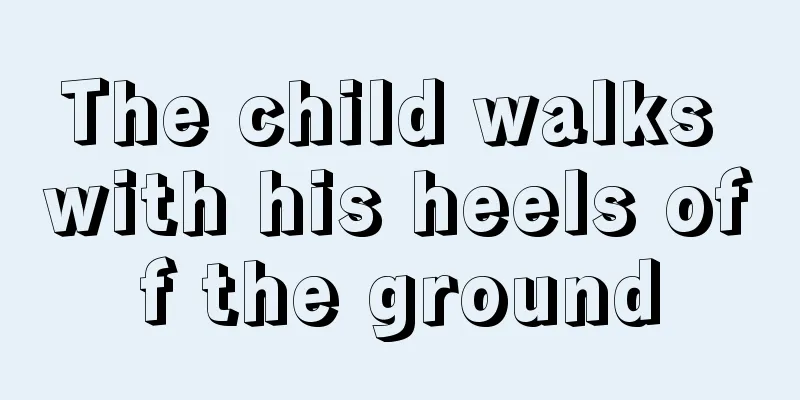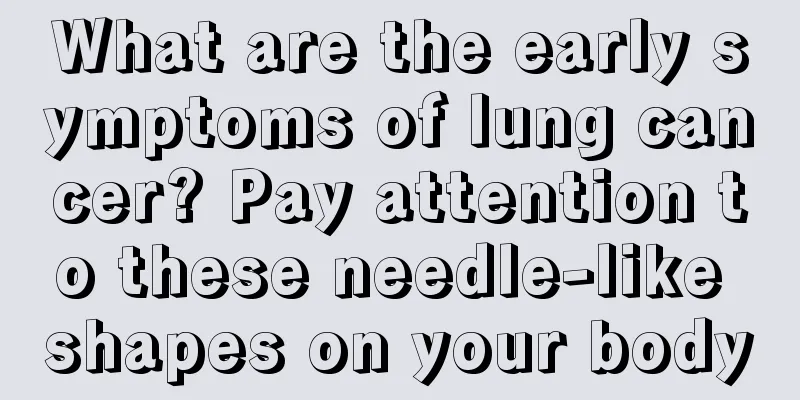The child walks with his heels off the ground

|
A child's heels not touching the ground when walking may be caused by congenital factors, and the genetic factor is still quite large. It may also be caused by some brain diseases, poor development, or calcium deficiency. For me, once you find that your child has this problem, you must go to the hospital for some examinations and timely diagnosis and treatment. After all, the child is still young, and his life has just begun. He needs to be taken seriously, and some rehabilitation will improve the situation. This situation is considered to be caused by congenital growth and development abnormalities. Oral medications are not effective. It is recommended to continue to observe changes in symptoms. Children with equinus deformity need rehabilitation treatment after Achilles tendon lengthening. If the child is in a period of rapid growth in height, more attention should be paid to rehabilitation. It is recommended to go to a regular orthopedic department for treatment in time and take X-rays to check the degree of atrophy of the Achilles tendon. If there is no inflammation or adhesion, you can use appropriate blood circulation promoting drugs. Drugs for Achilles tendon nutrition. In combination with physical therapy, such as electroacupuncture and massage. The main considerations are brain diseases, abnormal bone development, calcium deficiency and other factors. It is recommended to go to the hospital for a brain CT scan, X-ray, and trace element test to clarify the cause and symptomatic treatment. Pay attention to slow exercise, don't overwork, eat more large bones of fish and shrimp, and high-calcium foods. When a child cannot touch the ground with his heels when walking, it is generally considered that he has clubfoot. There may be congenital developmental deformities. There may also be problems with the lumbar spine, such as spina bifida, tethered cord, and meningocele. These can affect the nerves of the lower limbs and cause clubfoot deformity. This requires a lumbar sacral magnetic resonance imaging examination. If the examination shows the above situation, surgical treatment is required to cut the terminal thread and release the spinal cord tethering. Only then can the above symptoms be improved. Walking on tiptoes is actually a typical symptom of spastic brain injury, usually with a history of brain hypoxia at birth. The typical symptom of children with spastic cerebral palsy is high muscle tone. If the condition is not treated properly, it may lead to unstable walking, falls, etc., which will cause a strong psychological burden on the child. Long-term delay in treatment may lead to lifelong disability. If the baby walks on tiptoe for a long time, it will cause uneven force on the soles of the baby's feet, and the pressure will be concentrated on the toes, resulting in incorrect gait. |
<<: At what age can a child walk normally
>>: Severe consequences of allergies
Recommend
The difference between duck eggs and mandarin duck eggs
Duck eggs are eggs laid by ducks. Duck eggs are r...
What should you pay attention to when doing SPA in winter?
SPA is a popular way of health preservation in re...
Attention! Eat barbecue every day, beware of stomach cancer
In recent years, gastric cancer has become one of...
How to remove dandruff with white vinegar
We all know that dandruff can cause certain damag...
Symptoms of angina pectoris, these typical characteristics should be known
Angina pectoris is caused by myocardial ischemia....
How should primary school students with myopia wear glasses?
Myopia among primary school students has become v...
How to get rid of goose bumps on the neck?
In the summer, having good skin on the exposed pa...
How do patients with gastric cancer determine their treatment options?
Gastric cancer patients have the following treatm...
What are the dangers of eating too much salt
Our body needs a certain amount of salt every day...
Do you know whether uterine cancer is contagious?
Do you know whether uterine cancer is contagious?...
Is there an itchy red spot on your face that feels like a scab?
If a red spot appears on your face that is itchy ...
What should I do if I sprain my waist? A few tips to help you recover
It is easy to sprain your waist if you are not ca...
How to treat the spread and metastasis of nasopharyngeal carcinoma
How to treat nasopharyngeal carcinoma metastasis?...
What is the reason why hamartoma is difficult to cure
After suffering from hamartoma, Western medicine ...
The baby just has a fever and no other symptoms
Parenting is a very hard thing. We don’t know whe...









